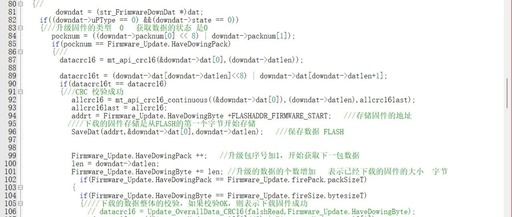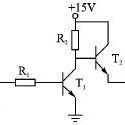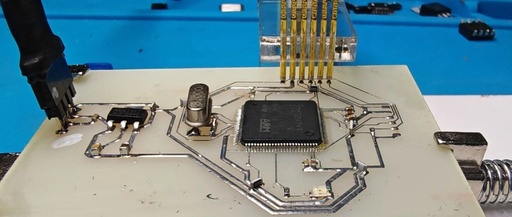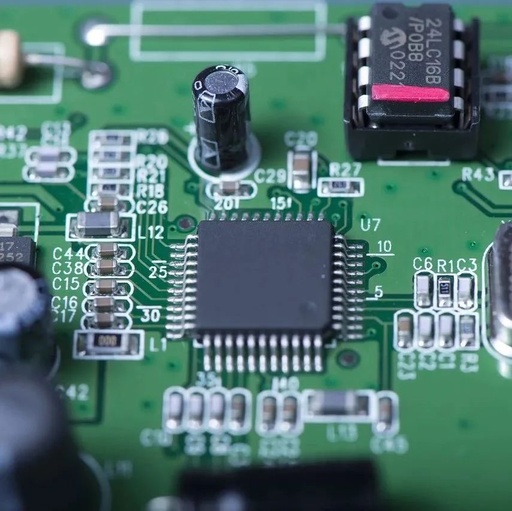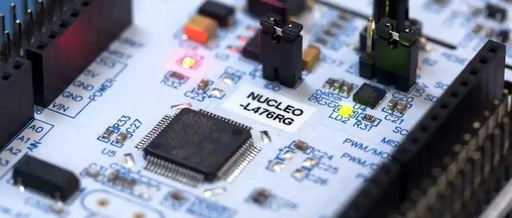14 Common Algorithms in Microcontroller Development
You can click the blue text to follow, reply ‘entry materials‘ to get a comprehensive tutorial from beginner to advanced on microcontrollers The development board will take you into the field, we will help you fly Written by | Wuji (WeChat: 2777492857) The full text is about1906 words, reading takes about 10 minutes When I … Read more

